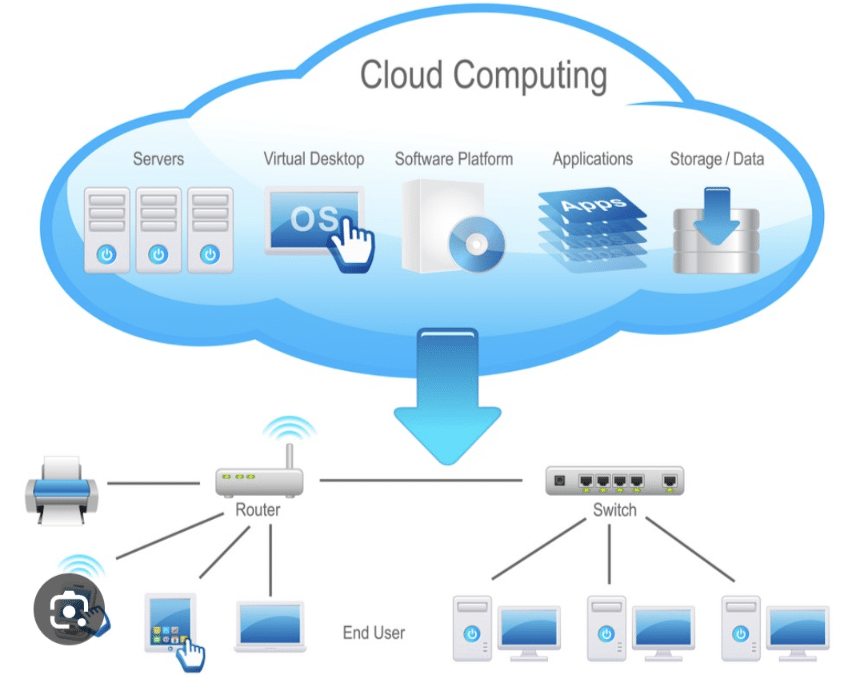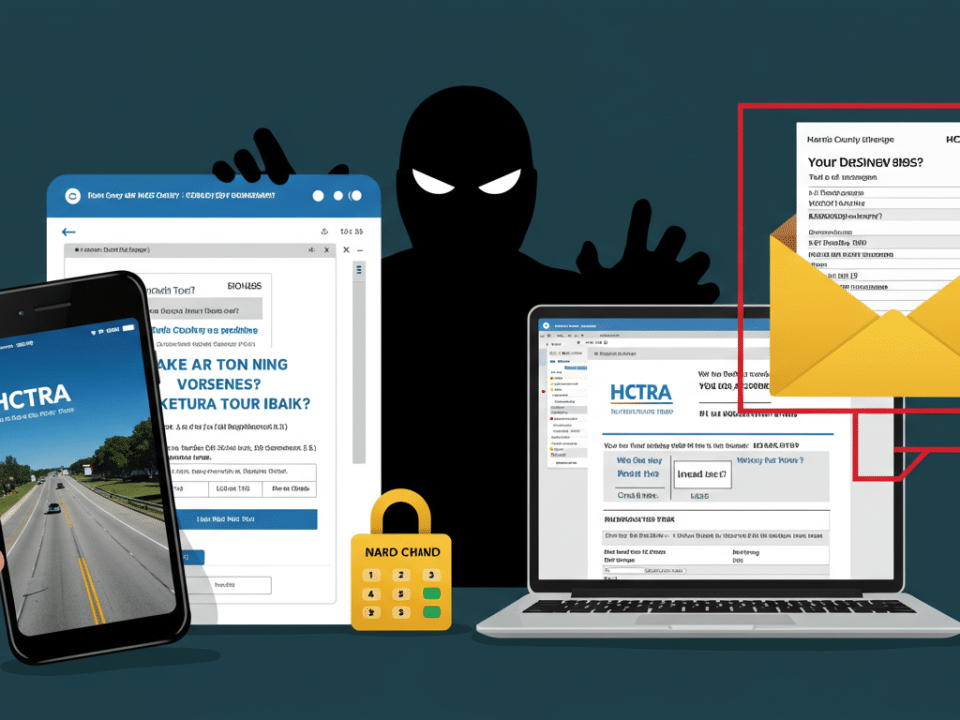
How Backups Can Save Your Small Business from a Cybersecurity Disaster
October 29, 2023
#IoTSecurity: A Comprehensive Guide to Protecting Your Smart Devices
November 1, 2023Microsegmentation is a security technique that divides a network into small segments, or microsegments. Each microsegment is isolated from the others, and only authorized traffic is allowed to flow between them. This helps to contain security breaches and prevent attackers from moving laterally across the network.
Microsegmentation is a powerful tool for improving network security, and it is being increasingly adopted by organizations of all sizes. In this blog post, we will discuss the benefits of microsegmentation, how it works, and how to implement it in your organization.
Benefits of microsegmentation
Microsegmentation offers a number of benefits, including:
- Improved security: Microsegmentation helps to improve security by containing security breaches and preventing attackers from moving laterally across the network.
- Reduced risk: Microsegmentation reduces the risk of data breaches, financial losses, and reputational damage caused by cyberattacks.
- Improved compliance: Microsegmentation can help organizations to comply with industry regulations that require them to protect their data.
- Increased visibility: Microsegmentation can provide organizations with increased visibility into their networks and traffic flows. This can help them to detect and respond to threats more quickly and effectively.
How microsegmentation works
Microsegmentation works by dividing a network into small segments, or microsegments. Each microsegment is isolated from the others, and only authorized traffic is allowed to flow between them. This can be done using a variety of technologies, such as firewalls, VLANs, and network access control (NAC) solutions.
How to implement microsegmentation
There are a few key steps to implementing microsegmentation:
- Identify the microsegments: Identify the different segments of your network that need to be isolated. This may include segments for different business units, applications, or data types.
- Define the security policies: Define the security policies for each microsegment. This includes defining the traffic that is allowed to flow between each microsegment.
- Implement the microsegmentation: Implement the microsegmentation using the appropriate technologies.
- Monitor and maintain the microsegmentation: Monitor the microsegmentation to ensure that it is working properly and that the security policies are being enforced.
Microsegmentation and zero trust
Microsegmentation is a key component of zero trust security. Zero trust security is a security model that assumes that no user or device can be trusted by default. This approach requires all users and devices to be authenticated and authorized before they are granted access to any resources.
Microsegmentation helps to implement zero trust security by isolating different segments of the network. This prevents attackers from moving laterally across the network and gaining access to sensitive data and systems.
Microsegmentation is a powerful tool for improving network security. It can help organizations to contain security breaches, reduce risk, improve compliance, and increase visibility. Microsegmentation is also a key component of zero trust security.
If you are not already using microsegmentation, I encourage you to consider implementing it in your organization. It is a valuable investment that can help to protect your data and systems from cyberattacks.
Additional tips for implementing microsegmentation
- Start small. It is better to start by microsegmenting a small portion of your network than to try to microsegment the entire network at once.
- Use a layered approach. Microsegmentation should be used in conjunction with other security controls, such as firewalls and intrusion detection systems.
- Automate as much as possible. There are a number of tools and solutions that can help you to automate the implementation and management of microsegmentation.
- Monitor and maintain your microsegmentation. It is important to monitor your microsegmentation to ensure that it is working properly and that the security policies are being enforced.
By following these tips, you can successfully implement microsegmentation in your organization and improve your network security.
#microsegmentation #networksecurity #cybersecurity #zerotrust




